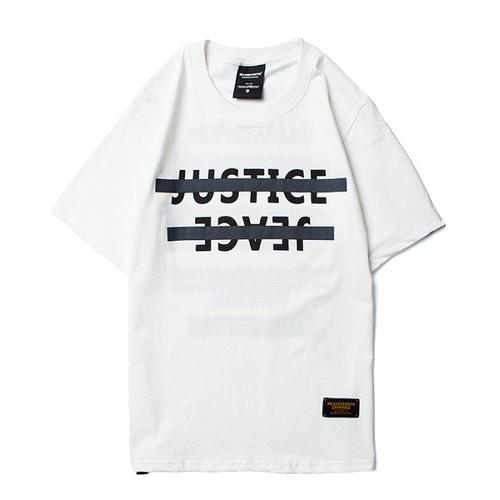Printing technology refers to the technology of applying various patterns and patterns on textiles and other materials. With the development of the textile industry, printing technology has been constantly innovated and improved, and many types and technologies have emerged. The following will introduce some common printing process classifications, as well as their characteristics and application fields.
1. Traditional printing process
1. Hand-made wood block printing: This is one of the oldest printing processes, by carving wood Blocks are used to create patterns, which are hand-printed onto textiles using pigments. Handmade wood block printing has a unique texture and feel and is often used to print fabrics with traditional styles and cultural patterns.
2. Printing and dyeing: Printing and dyeing is a method of printing dye directly on fabric. By using printing and dyeing pastes and molds, various patterns and patterns can be formed on fabrics. Printing and dyeing processes are widely used in clothing, home textiles and other fields.
2. Flat printing process
1. Flat screen printing: Flat screen printing is a method of passing patterns through printing screens. Printed on textiles. The screen is made of polyester fiber and coated with a transparent photosensitive adhesive layer. The pattern is projected onto the glue layer to form a pattern mold, and then the ink is scraped onto the fabric. This technique is suitable for patterns with relatively simple lines.
2. Flat relief printing: Flat relief printing uses a relief plate to scrape ink directly onto the fabric to form a pattern. Letterpress plates are made of rubber, metal or plastic and have a concave and convex pattern. By filling ink into the uneven parts of the relief plate, and then scraping off the excess ink with a scraper, the pattern can be printed.
3. Three-dimensional printing process
1. Thermal transfer printing: Thermal transfer printing is a method of transferring ink from printing paper to Technology on fabric. The ink is printed in a pattern on special paper, which is then transferred to the fabric using heat and pressure. Thermal transfer printing can achieve colorful pattern effects and has good durability. It is often used in clothing, household items and other fields.
2. Digital printing: Digital printing is a process that uses computer-controlled inkjet printing equipment to print patterns directly on fabrics. It can realize personalization and customization of patterns, and has the characteristics of rich colors and good color fastness.
IV. Special printing process
1. Reflective printing: Reflective printing is a printing process made of reflective materials, through a special reflective layer The coverage allows the pattern to reflect light in low light conditions, improving visibility and safety at night.
2. Fusion printing: Fusion printing is a process that combines printing technology with thermoplastic materials. Through heat lamination or heat pressing technology, the printed pattern is completely integrated with the material surface to improve the durability and tactile feel of the pattern.
The above are some common printing process classifications and related introductions. With the continuous advancement and innovation of science and technology, new forms and technologies will continue to emerge in printing technology, bringing more design possibilities to textiles and other materials.








